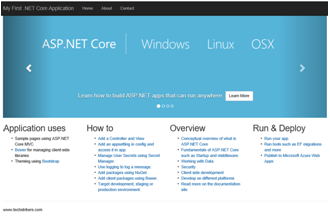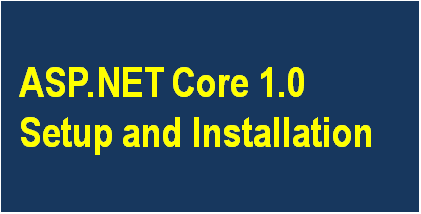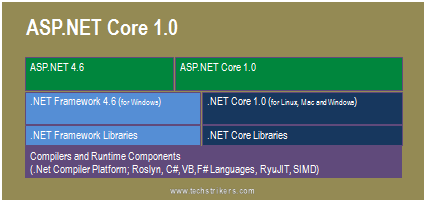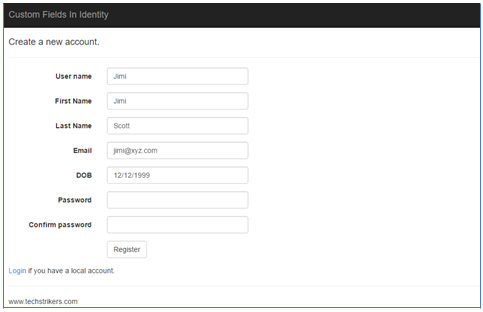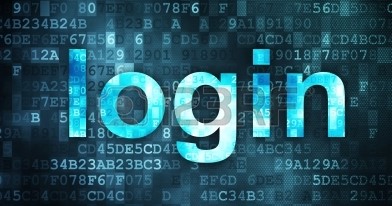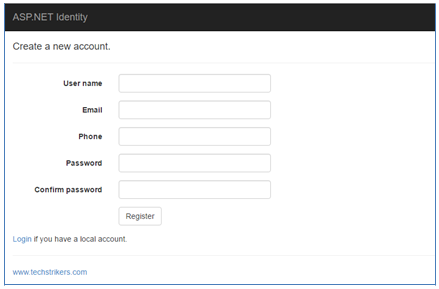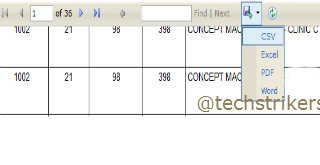Escape Sequences in C Language
Escape sequences in C are special characters used to represent non-printable or special characters within strings and character literals. They are denoted by a backslash \ followed by a specific character. In this tutorial, we will explore the commonly used escape sequences in C and their corresponding representations.
Here is a table of some common Escape Sequences used in C language:
| Escape Sequence | Description | Representation |
|---|---|---|
| \\ | Backslash | \ |
| \' | Single quote (apostrophe) | ' |
| \" | Double quote | " |
| \n | Newline character | (newline) |
| \t | Horizontal tab | (tab) |
| \r | Carriage return | (return) |
| \b | Backspace | (backspace) |
| \f | Form feed (page break) | (form feed) |
| \v | Vertical tab | (vertical tab) |
| \a | Alert (bell) | (alert) |
| \0 | Null character | (null) |
Here is an example program that demonstrates the use of new lines and escape sequences in C language:
Output:
